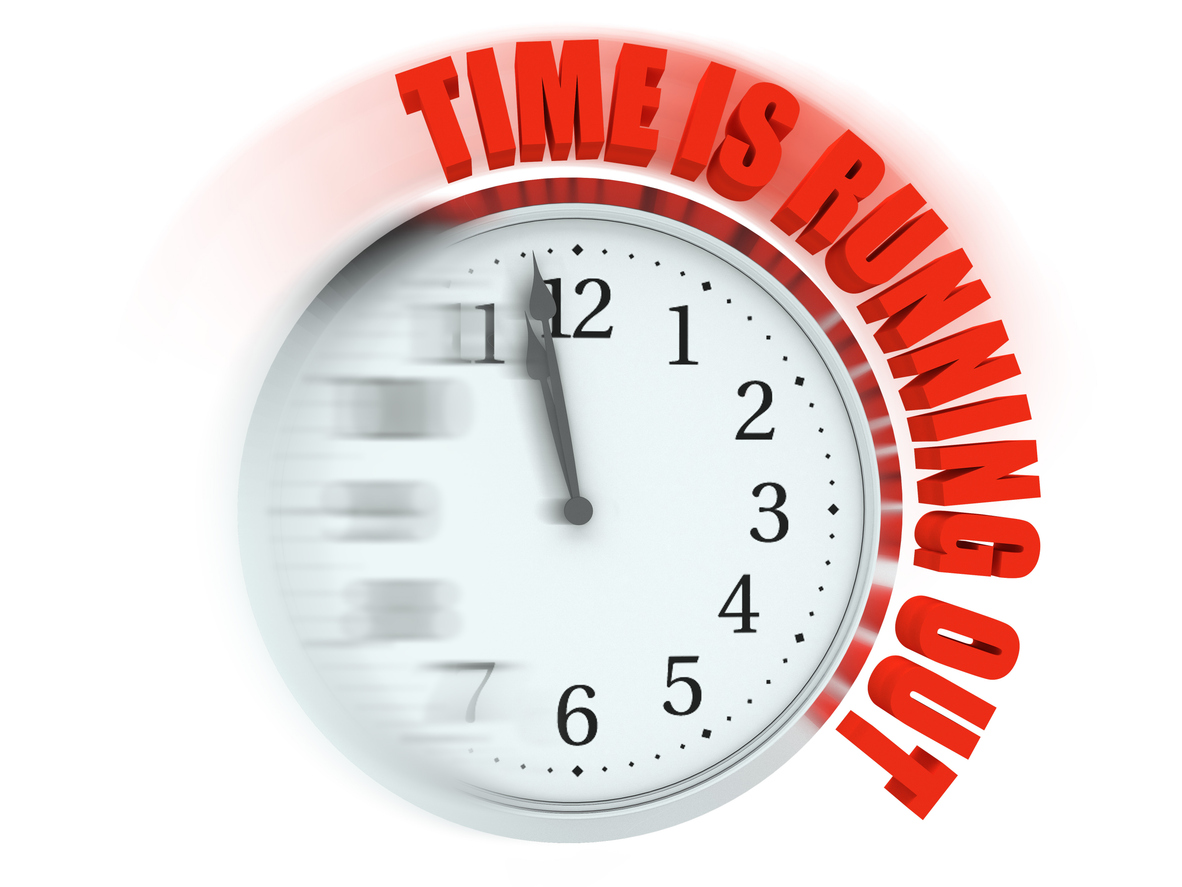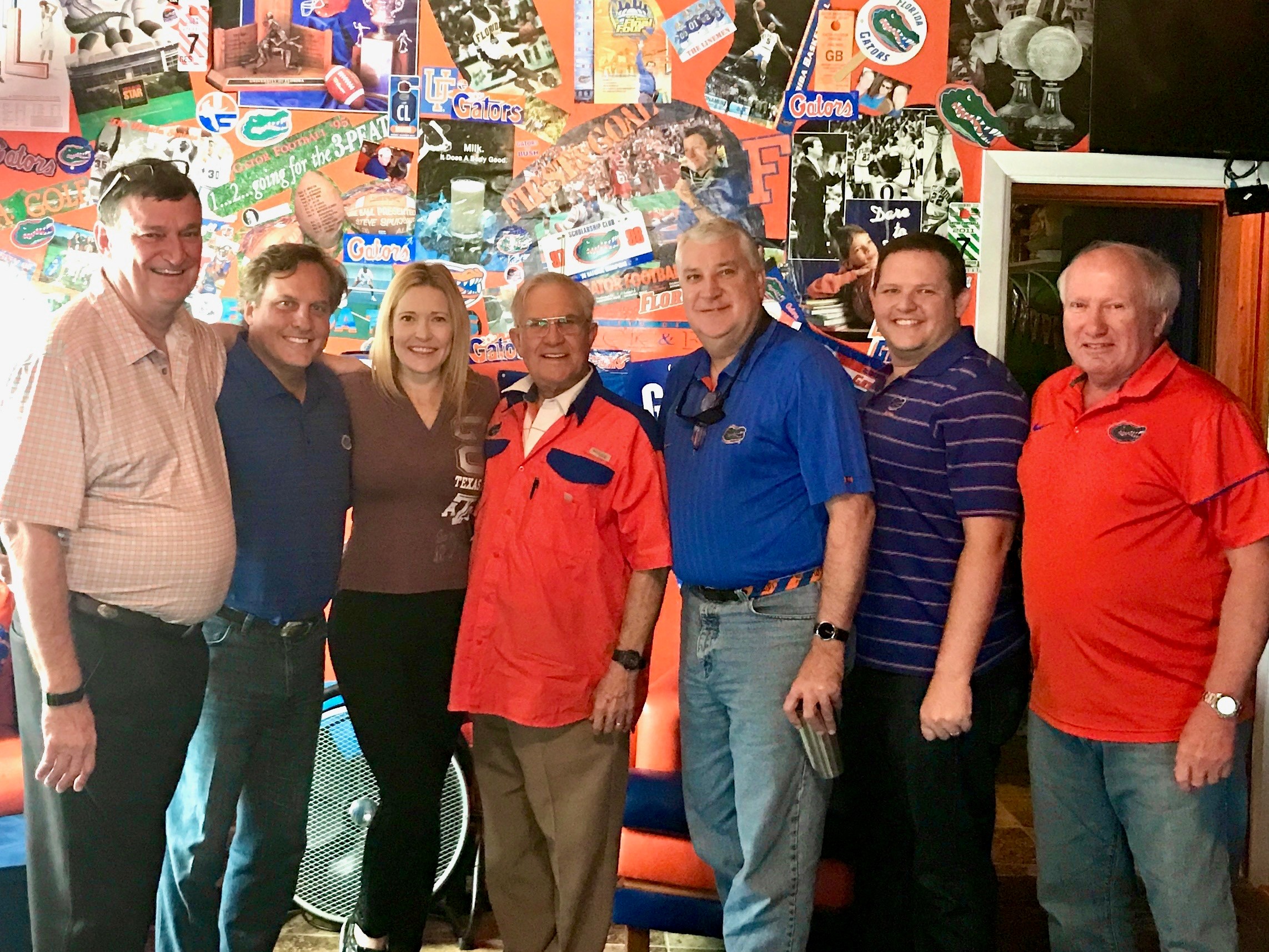As promised, here is a review of Judge Van Nortwick’s dissent in the case of Citizens Property Ins. Corp. v. Ashe, No. 1D09-1546, 2010 WL 4628915 (Fla. 1st DCA Nov. 17, 2010). If you recall, Ashe involved a homeowner’s hurricane claim in which the homeowner had applied to both his flood and wind insurance for benefits. The flood insurer paid policy limits, but a dispute remained as to how much the wind insurer owed, if anything, under the policy and circumstances where the flood insurer had paid policy limits. As discussed in “The Collateral Source Rule,” the Florida First District Court of Appeal held that the collateral source rule would only restrict evidence of the dollar amount of payments that the homeowner received from his flood insurer, but all other evidence of insurance payments would be admissible in the trial court. The First DCA also opined that the better view might be to not apply the collateral source rule in contract actions at all. Judge Van Nortwick concurred in part with the majority opinion, but dissented on the collateral source rule issue.
In Ashe, the First District Court relied on Citizens Property Ins. Corp. v. Hamilton, 43 So. 3d 746 (Fla. 1st DCA 2010), when it held that only the dollar amount of other insurance payments were to be excluded under the collateral source rule. Judge Van Nortwick correctly points out in his dissent that in Hamilton, the homeowner only challenged the dollar amount of insurance payments, and did not challenge the admissibility of evidence of the other insurance or the claim. In Ashe, the homeowner challenged all evidence of the insurance, claim, and dollar amount of benefits paid. In essence, by relying on Hamilton, the First District Court answered Ashe’s question with an answer from a case in which the question was never asked.
In his analysis of the collateral source rule, Judge Van Nortwick followed the reasoning of the Florida Supreme Court as found in Gormley v. GTE Prods. Corp., 587 So. 2d 455, 457 (Fla. 1991). In Gormley, the Florida Supreme Court held that allowing evidence of collateral payments prejudiced the jury’s determination of liability. The Florida Supreme Court’s rationale was:
[I]ntroduction of collateral source evidence misleads the jury on the issue of liability and, thus, subverts the jury process. Because a jury’s fair assessment of liability is fundamental to justice, its verdict on liability must be free from doubt, based on conviction, and not a function of compromise. Evidence of collateral source benefits may lead the jury to believe that the plaintiff is “trying to obtain a double or triple payment for one injury,” or to believe that compensation already received is “sufficient recompense.” Despite assertions that collateral source evidence is needed to rebut or impeach, “there generally will be other evidence having more probative value and involving less likelihood of prejudice than the victim’s receipt of insurance-type benefits.”
The Supreme Court held that there were many other ways to rebut and impeach evidence that were more relevant and less prejudicial than insurance, so evidence of insurance should be kept out under the collateral source rule. The Supreme Court further stated:
We draw the logical conclusion that the legislature intended neither the admission of privately-obtained insurance benefits into the liability trial, nor the reduction of damages based on these insurance benefits. Here the [Gormleys] paid for insurance against the very loss which occurred. To permit [GTE] to benefit from this prudent act would result in an unearned windfall to [GTE].
In essence, allowing evidence of insurance would result in a windfall to the insurer, because it would not be required to pay benefits that it was contractually obligated to pay.
Judge Van Nortwick also disagreed with the court’s opinion that the collateral source rule should possibly be limited to tort actions. He turned to the noted contracts professor, Joseph M. Perillo, to find that the policies underlying contracts supported application of the collateral source rule in the same way it was applied to torts. Professor Perillo explained:
The collateral source rule has many positive effects in contract cases…. It helps to discourage opportunistic breaches when the breaching party relies on the victim’s insurance or the possibility that a third party, such as a parent corporation, a major shareholder, or a beneficent donor will come to the rescue of the victim of the breach. Moreover, the application of the rule is a premier example of preventing a wrongdoer’s unjust enrichment. Efficient breach theory is not at war with these results: “[T]he contract breaker would be taking advantage of an externality and thus distort the true cost of his reallocation of resources.”
In the end, Judge Van Nortwick would have applied the collateral source rule in such a way that it applied to both contract and tort cases, and he would exclude all evidence of insurance, claims, and payments, including the dollar amount of insurance payments. That is a stark contrast from how the First District actually ruled in Ashe, but it is important and sound reasoning that should be considered when anyone cites to Ashe for authority.



